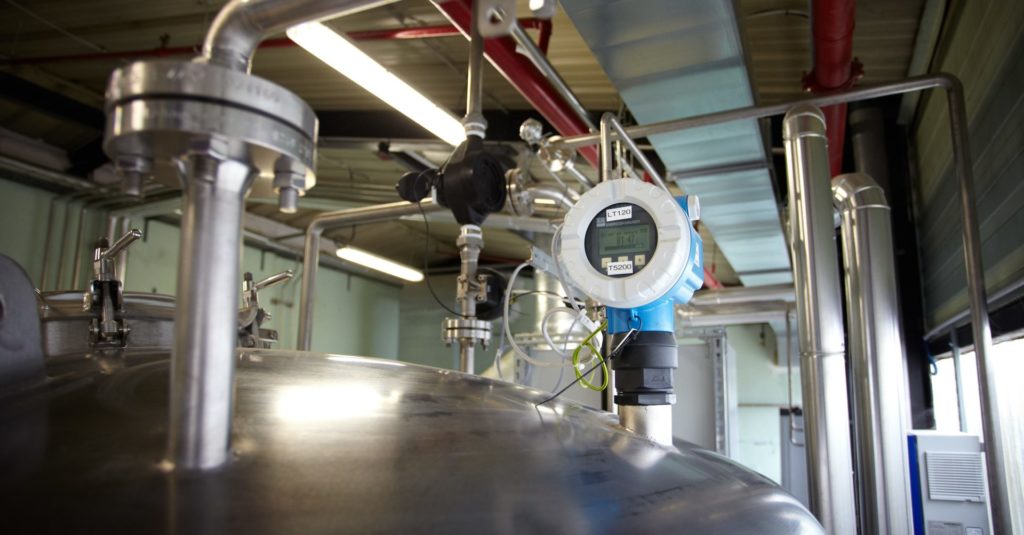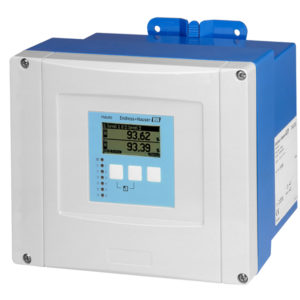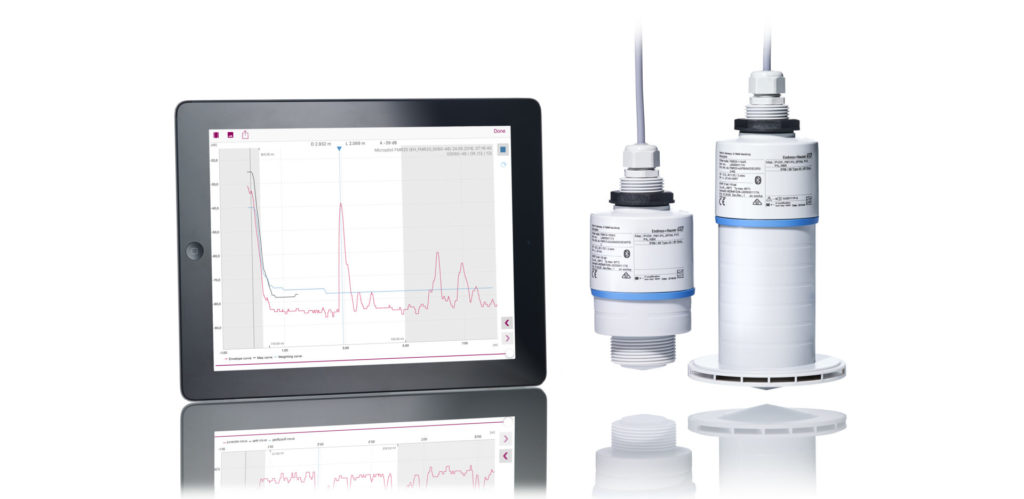Legacy systems – Keep the source
Improve the working life of your legacy source by increasing the sensitivity of your detector It can be concerning when […]
Radar technology is increasingly viewed as the best method of level measurement, but this isn’t necessarily true for every application. Radar sensors have certainly made great advancements in performance, accuracy and even cost, but they are not a one-size-fits-all solution and should not be treated like one. Though radar is versatile, there are some applications where ultrasonic level technology is a better fit.
Approaching level measurement with a fit-for purpose mindset instead of a blanket approach is important for safety, performance, and overall product quality. We spoke with Endress+Hauser level expert, Scott Peterson, about the differences and benefits of ultrasonic and radar technologies and which applications each should be considered for.
Ultrasonic level sensors use the Time of Flight (ToF) principle. The ultrasonic transducer generates a mechanical sound pulse which is directed through air to the process. When this pulse encounters the process surface it reflects back to the transducer. The transmitter is basically a high-tech timer, measuring the time it takes the pulse to travel to the process and back. This time is directly proportional to the distance from the gauge to the process surface.

Radar level sensors also use the ToF principle but work with electromagnetic waves instead of sound waves. Rather than reflecting based on a change in density as sound waves do, microwaves reflect based on a change in impedance caused by the change from a low dielectric medium (air) and a higher dielectric constant of the process medium.
The ultrasonic method is a proven and cost-effective solution for level measurement in liquids and bulk solids. It is characterized by easy planning and assembly, fast and safe commissioning, a long service life and reduced maintenance costs. Since ultrasonic does not rely on dielectric constant for reflection, it is well suited in use where the process media has low (<1.5) dielectric constant, with the exception of hydrocarbons. It is also well suited for open channel flow measurement and in use with weirs or flumes.
The radar method provides the following advantages:

The main limiting factor for radar is the dielectric constant. Materials with low dielectric constants may not provide enough change in impedance to cause a reflection. This results in the microwave energy passing through it and reflecting off the vessel bottom. Some materials with dielectric constants too low for free space radar are dry saw dust, wood chips, white cement and many plastic pellets. For these applications, ultrasonic transmitters can provide a measurement where the radar transmitter would not.
Some users moved away from ultrasonic sensors because of previous challenges caused by dust build-up or condensation on the transducer’s faceplate; however, an ultrasonic sensor equipped with automatic self-cleaning, such as the Endress+Hauser Prosonic FDU91, eliminates failures caused by dust build-up.
Since microwaves are electromagnetic and do not require air as a transmission medium, radar is well-suited for use in a vacuum or when other gases are present in the empty space. Radar is a safe solution even under extreme process conditions including pressure, temperature and vapors. Common uses include simple storage tanks, corrosive or aggressive media or high accuracy tank gauging applications.
Ultrasonic sensors can help overcome the challenges end users might experience in tight spaces. They are ideal for installation in tight places due to the relatively small size of the sensor and the ability to mount a sensor directly to a ceiling. An ultrasonic sensor can also be helpful in cases of flooding. When used with a flooding protection tube, the sensor can ensure a high measurement is indicated even if it is under water. In outdoor installations, where temperatures can drop below freezing, ultrasonic sensors with an integral heater can prevent ice formation on the device. This would ensure reliable measurement year-round. Icing can cause issues with radar, as the ice has a high dielectric constant which may attenuate the radar signal at or near the source. If this occurs, there will not be sufficient radar signal reaching the product surface to give a level measurement.
Radar can help overcome the challenges end users face when applications involve vacuum conditions, temperature variations and air turbulence or changes in the vapor space such as gas layers. Since radar is an electromagnetic wave, it does not have the limitations of mechanical waves like ultrasonic technology does.
Endress+Hauser offers a broad range of devices for ultrasonic level measurement. The Endress+Hauser Prosonic product line features 12 ultrasonic, ToF sensors and two powerful transmitters. All are unaffected by dielectric constant, density and humidity. They are also unaffected by build-up of dust or condensation. The Prosonic FMU90 ultrasonic transmitter coupled with a FDU9X transducer is an excellent choice for many of these applications. The FMU90 offers additional features like totalization, data logging, differential measurement, pump control and open channel flow tables. The FMU90 is also available in a two-channel model to reduce overall hardware costs.


Endress+Hauser offers a complete range of radar products for both solids and liquids starting with our most compact offering, the Micropilot FMR10 and FMR20 which offer the best price/performance ratio. The next tier of level radar products consist of our FMR5x models, providing both 6GHz and 26Ghz options with advanced diagnostics and multi-echo tracking capability. The top tier products consist of our FMR6x models which provide 80GHz performance for solids and liquids.
Learn more about level measurement here!

Improve the working life of your legacy source by increasing the sensitivity of your detector It can be concerning when […]
Liquified natural gas (LNG) is a versatile energy source with a growing role worldwide. During custody transfer, quantity can be […]
Instruments are vital in process environments because their measurements directly impact product quality and operational safety. However, even the most […]
Comments